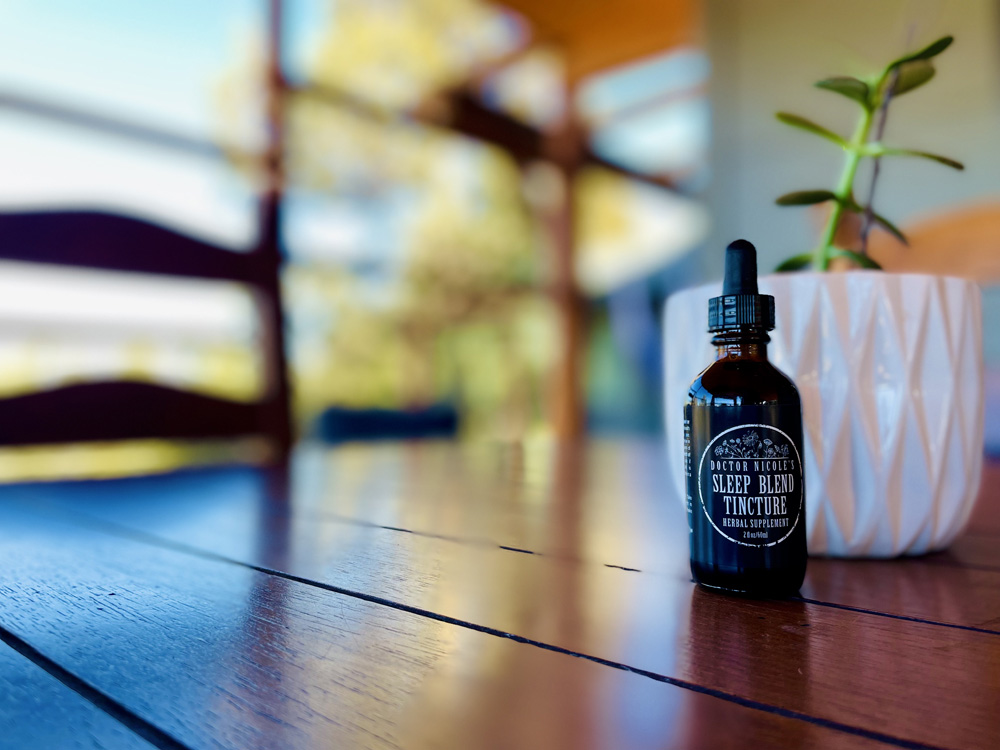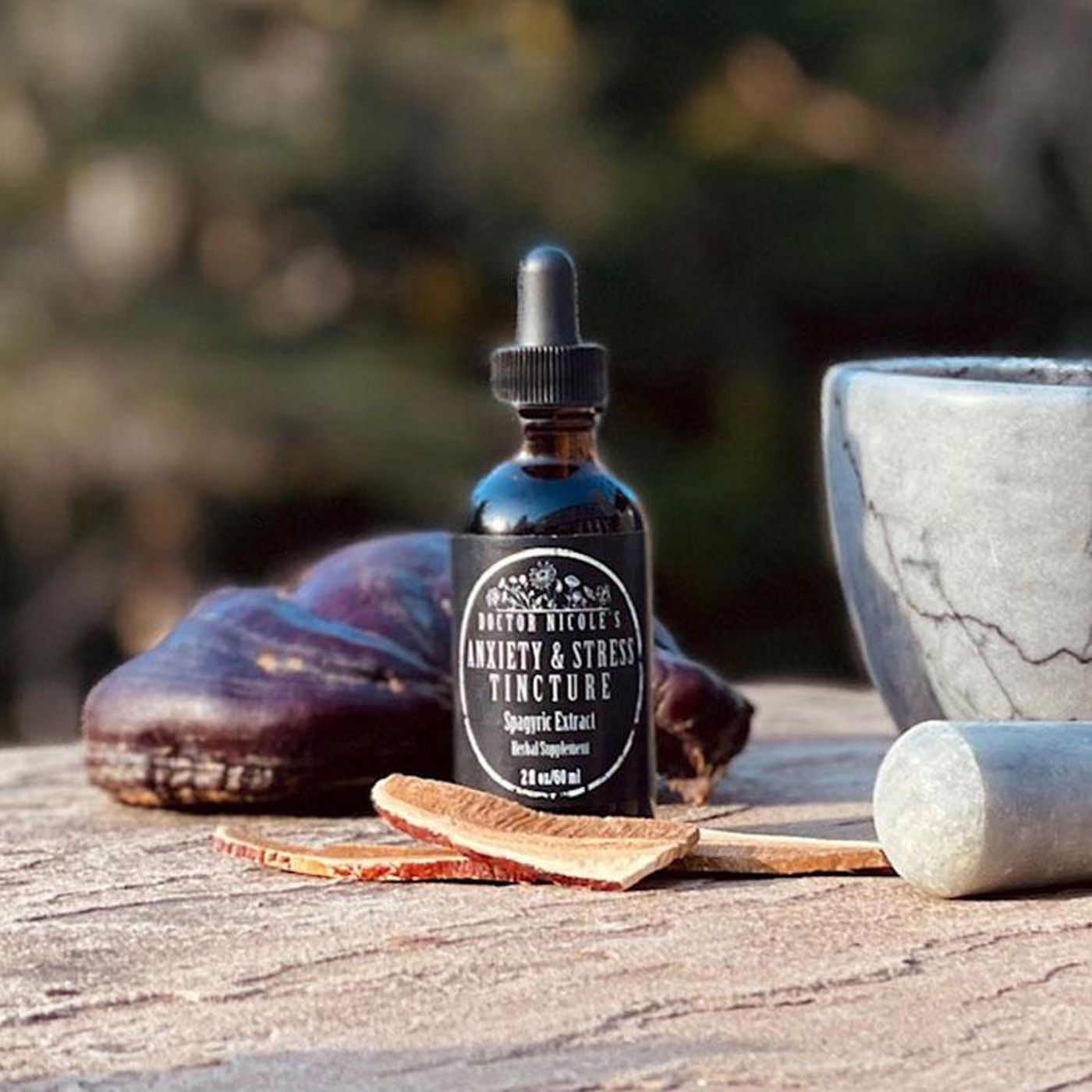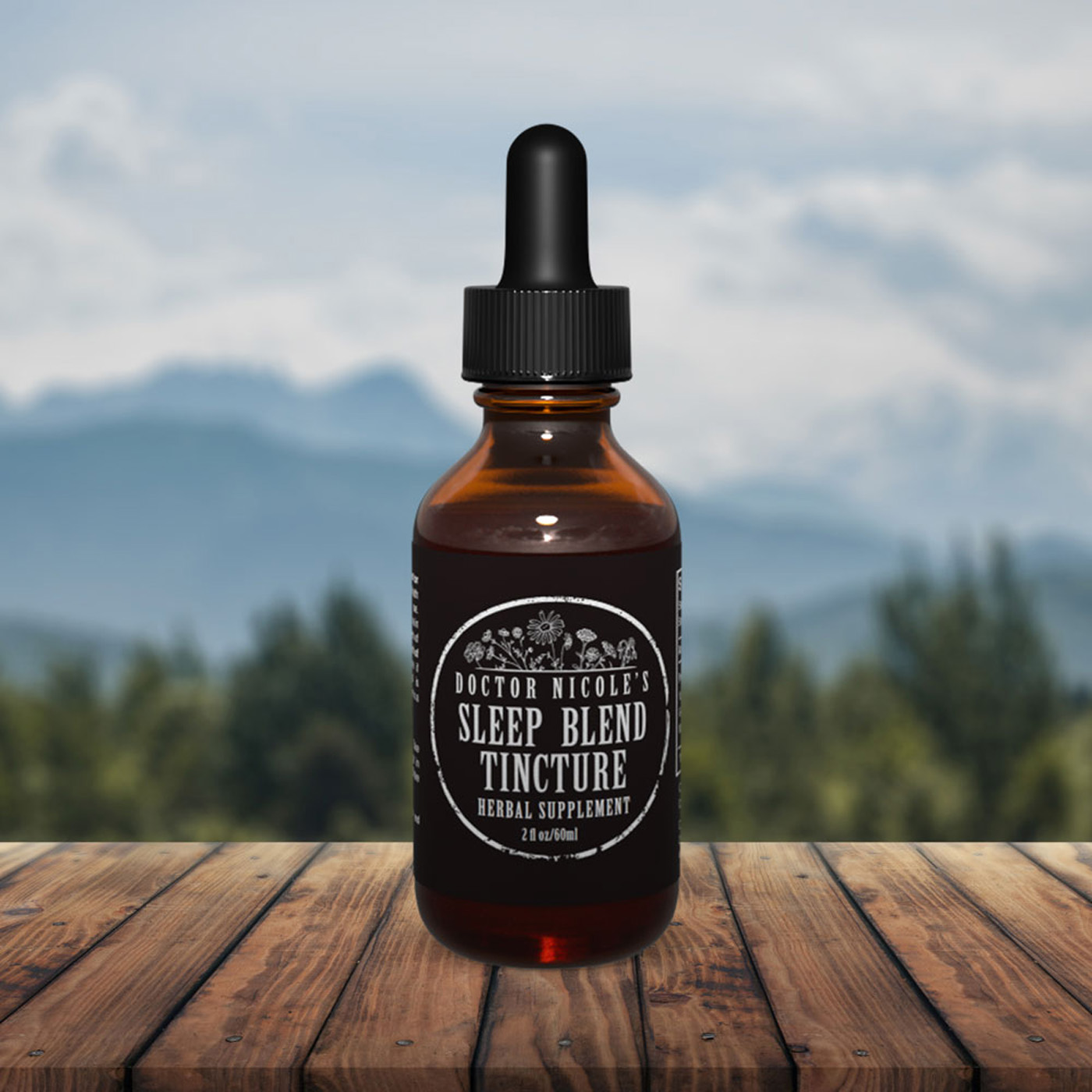Mirroring the Moods and Emotions of Others
Have you ever had an interaction with someone where you felt as though a dark cloud had descended over your mood? Or how about the opposite, you are feeling blue but after a conversation with an upbeat friend, you feel better and more positive?
Researchers call this emotional contagion, where the mirror neuron system in our brain becomes activated and we experience a type of mimicry by not only picking up on the emotional undertones of what someone is saying and mirroring it, but also sensing their feelings through speech patterns, body language, and facial expressions. Once you begin mimicking the emotion of another, it takes hold and becomes part of your experience — then you begin to express it to others and it continues to spread.
I think most of us would rather lean toward the positive side with our emotions and impact others in a cheerful way. But being positive isn’t a passive activity, at least not for the majority of the population. It’s something we need to actively pursue. Considering our health and well-being is tightly associated with the state of our mind and emotions, it is well worth the effort to shift our attitudes and thoughts. Thankfully, we can hardwire our brain towards positivity with enough practice so that it becomes second nature.
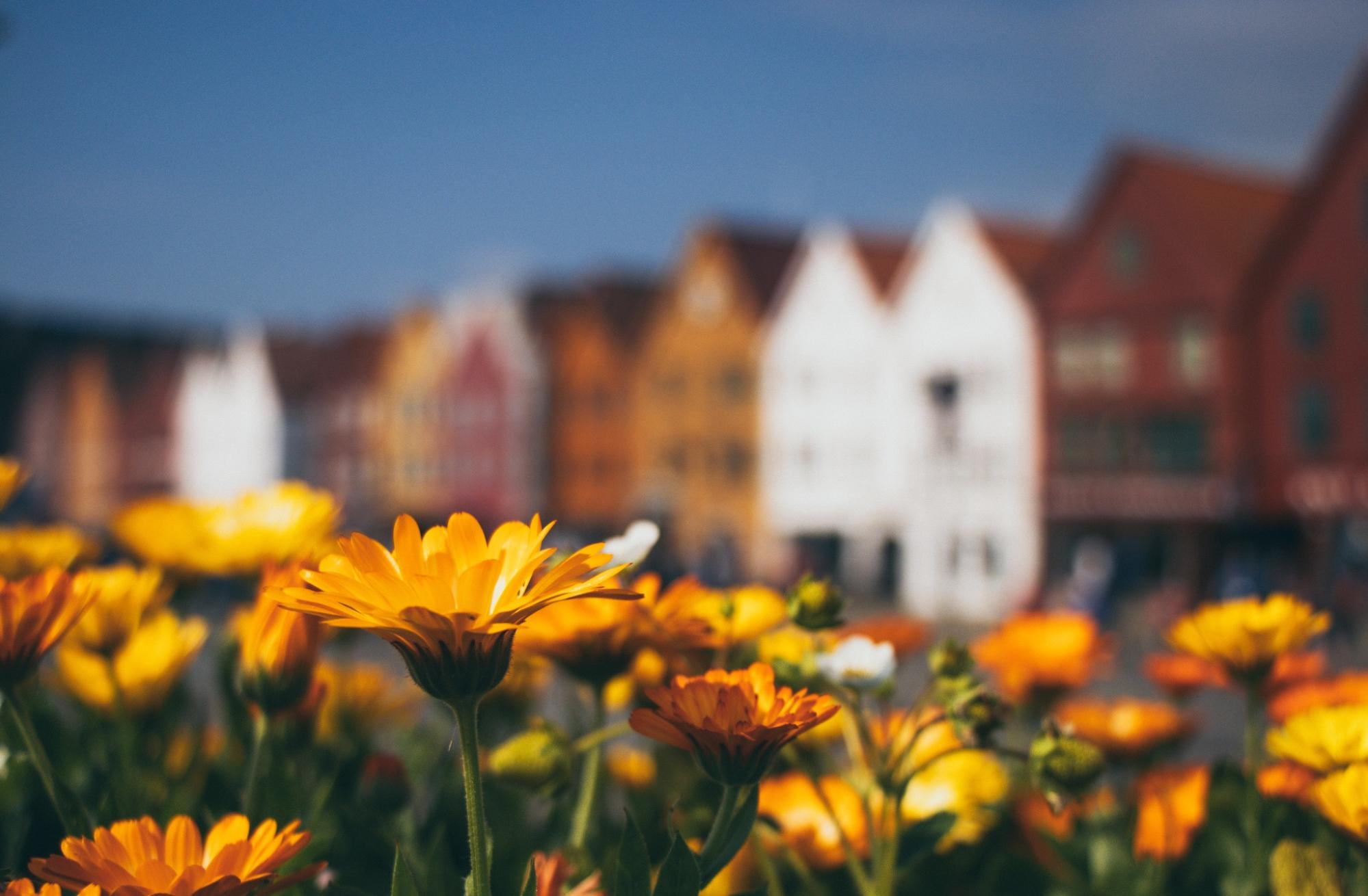
Emotions Ripple Through a Small Town
If you are not convinced of the power of emotional contagion, consider a study developed at Yale University where the researchers closely monitored people living in the small town of Framingham, Massachusetts for over three decades. What they found was that when one of the 5,000 residents became happy or sad, the same emotion rippled across the entire town.1
At the end of the study in 2003, the team concluded:
“Clusters of happy and unhappy people are visible in the network, and the relationship between people’s happiness extends up to three degrees of separation (for example, to the friends of one’s friends’ friends). People who are surrounded by many happy people and those who are central in the network are more likely to become happy in the future. Longitudinal statistical models suggest that clusters of happiness result from the spread of happiness and not just a tendency for people to associate with similar individuals. … People’s happiness depends on the happiness of others with whom they are connected. This provides further justification for seeing happiness, like health, as a collective phenomenon.”
What really stuck me about this study is the responsibility each of us has towards those in our day-to-day social network. But I believe it goes much further and expands to anyone we have contact with, whether via social media, school, and work. This point is particularly important because, as the study showed, it is not just upbeat emotions that are contagious, negative ones such as sadness, fear, and anger are as well, which can lead to depression, fatigue, and stress.
While we may think simply avoiding negative people and gravitating towards those who are positive is the answer, it isn’t quite that simple. Think about a social media post or a news clip that made you angry. Chances are, others became angry as well. Research at the University of Oklahoma and the University of Texas, Austin found that when individuals find a common dislike of something, they bond easily, which can develop into a friendship. The problem is, you have now created a social grouping based on negative emotions.2 Additionally, negative emotions are much easier to “catch” than positive ones. Some of us may be more prone to picking up negative emotions as well depending on temperament, life history, and current stress levels.

How to Skillfully Navigate the Social-Emotional Landscape
You may be wondering at this point what is the best way to approach emotional contagion so that it is enriching your life and those around you, not creating problems. One of the first and foremost aspects is to take stock of where we are emotionally throughout the day. This awareness will give us important information about our experience and if we may have picked up negativity from someone (and are spreading it to other people). We can then take steps to address the situation.
When we are tired, stressed, or our blood sugar has plummeted from not eating, it makes us more vulnerable to negative emotions, so self-care and taking time out are important. Make sure to practice gratitude and schedule in activities that bring you joy, particularly those that boost feel-good endorphins such as exercise, sunshine, prayer, loving a pet, or laughter. Eating well and steering clear of refined sugar and processed foods will also keep your energy up, brighten your mood, and make you more resilient to negativity.
What about those already in our lives who are draining and negative? It is okay to take care of yourself, step back, and limit contact. If you are in a situation where you can’t remove yourself from the person or group, say at work or with a family relationship, being conscious of the situation and dedicating yourself to being positive, no matter what, can shift the overall tone so that it is more beneficial. Talking with the person in question may also help to resolve the ongoing situation. Just make sure it is not accusatory, but approached with grace, gentleness, and love.
Since chronic stress and anxiety are two of the surest ways to extinguish positive emotions, in ourselves and those around us, it is crucial to address the source and take steps to ease these aspects in our lives. This could be something as simple as clearing clutter, revamping our schedules, steering clear of the news, or setting aside a chunk of time where we regularly unplug. Quality sleep and spending time in nature also help to ease stress and anxiety and enhance well being. Needless to say, there will be seasons of life where we need extra support and this is where herbal remedies really shine.

Herbal Support for Anxiety, Stress, & Quality Sleep
Here are some of my favorite botanicals for calming the stress response, relieving anxiety, and improving the quality of sleep:
- Lavender
- Motherwort
- Lemon Balm
- Ashwagandha
- Chamomile
- Passionflower
- Valerian Root
- Holy Basil (Tulsi)
- Reishi Mushroom
These can be taken as a tincture or as a tea. Several, including valerian root, passionflower, and lemon balm, increase the amount of the feel-good neurotransmitter GABA in the brain, which boosts mood and calms anxiety.3,4,5
Personally, I use my Anxiety and Stress Tincture, which is a potent blend of ashwagandha, lemon balm, lion’s mane mushroom, and reishi mushroom when I am feeling anxious or stressed.
LIFE CHANGING FOR ME
“I have been dealing with anxiety and stress for the last 18 years on and off since having kids and going through a divorce. I had a prescription for an anxiety medication but it left me feeling numb so I quit taking it and just suffered 🙁 Since meeting Nicole and trying her Anxiety and Stress Tincture I no longer allow myself to suffer. I am not good about taking it daily but when I need it, it has never failed me or left me feeling numb. I LOVE this tincture!! Within 10 minutes I feel like my normal self! It has been life changing for me!!!” – Amanda G.
For times where quality sleep is a struggle, I turn to my Sleep Blend formulation. This tincture includes the following beneficial botanicals:
Valerian Root
- Improves sleep by increasing the levels of (GABA)
- Decreases frequent waking at night and calms restless sleep
- Helps people fall asleep faster
- Improves sleep quality and length
- Assists in improving sleep issues connected with menopause
- Soothes stress and anxiety
Hops
- Sedative properties for relieving insomnia, boosts production of GABA,
- Increases sleep time; works best in combination with valerian root
- Reduces body temperature, which helps people enter into a relaxed state for sleep
Chamomile
- Acts as a sedative
- Calms the nervous system
- Soothes muscle aches and pains that may disrupt sound sleep
- Contains apigenin, an antioxidant that can induce sleep
Passion Flower
- Herbal sedative
- Anxiolytic (soothes anxiety) and helps calm the body and mind
- Improves sleep quality
- Improves ADHD symptoms
- Reduces the effects of menopause — including depression and hot flashes
Magnesium Glycinate
- Glycine is a sleep-inducing amino acid
- Magnesium glycinate is one of the most absorbable forms of magnesium
- Glycine improves sleep quality, and promotes natural, healthy sleep patterns, including healthy REM cycles
- Helps your body produce melatonin, the sleep hormone
- Relieves muscle tension
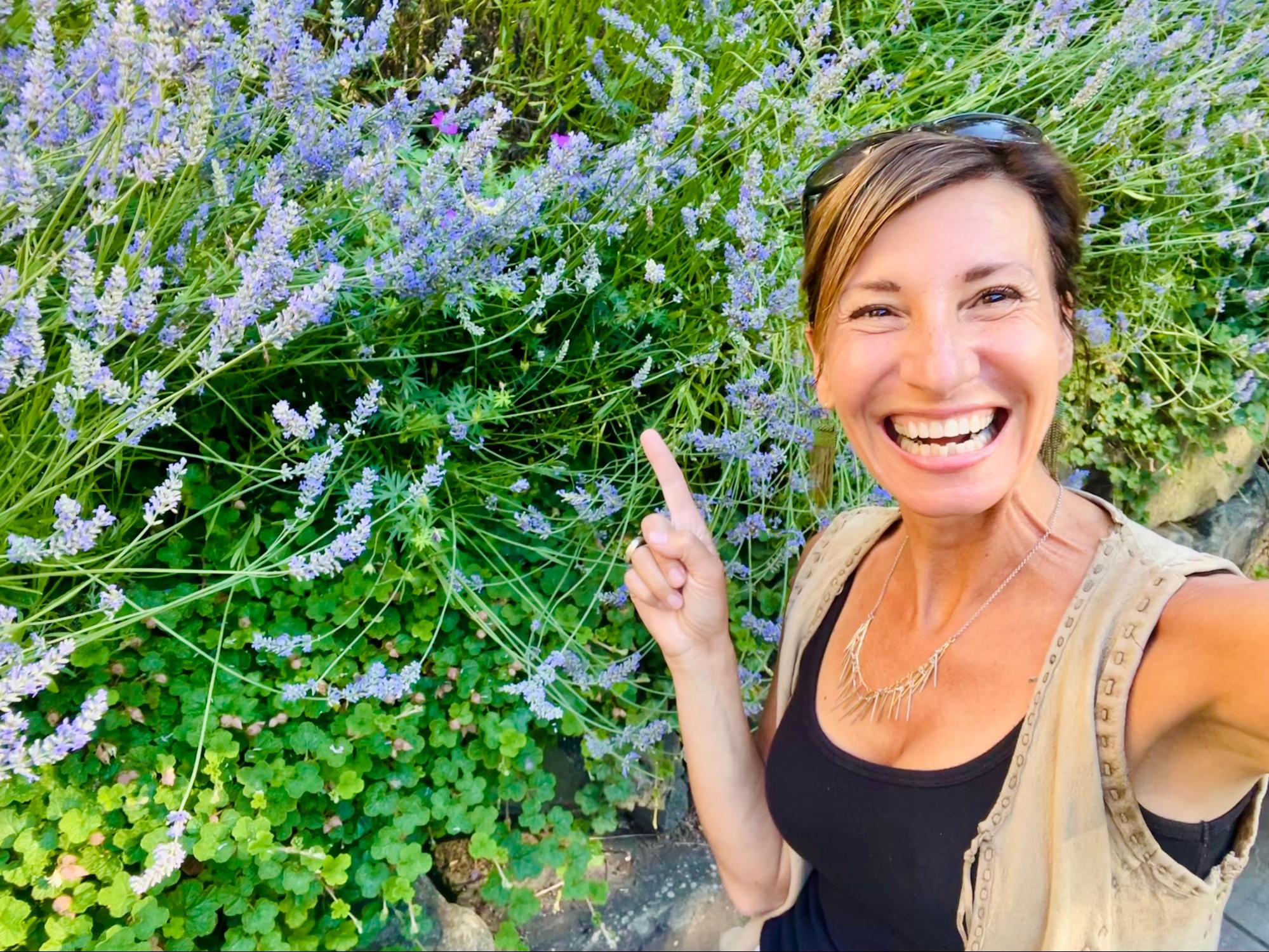
The Takeaway
To sum up, emotional contagion is a science-backed phenomena that all of us experience to one degree or another. It can be helpful in the case of positive emotions, or detrimental to our physical and mental well-being when the emotions are negative. Either way, it is important to be aware of our emotional status and take active steps to mitigate negativity whether the source is from us or another person. Through active self-care, lifestyle choices, getting enough quality sleep, and utilizing supportive herbal remedies, we can lead more positive, fulfilling lives that are beneficial to others.
If you would like to learn more about how herbal remedies can change your life for the better, visit the apothecary today.
Wishing you much health and happiness!
Nicole Apelian
Nicole’s Apothecary Products in this Post
References
- Kawamoto, Y., Ueno, Y., Nakahashi, E., Obayashi, M., Sugihara, K., Qiao, S., Iida, M., Kumasaka, M. Y., Yajima, I., Goto, Y., Ohgami, N., Kato, M., & Takeda, K. (2016). Prevention of allergic rhinitis by ginger and the molecular basis of immunosuppression by 6-gingerol through T cell inactivation. The Journal of nutritional biochemistry, 27, 112–122. https://doi.org/10.1016/j.jnutbio.2015.08.025. https://pubmed.ncbi.nlm.nih.gov/26403321/
- Ishikawa, Y., Tokura, T., Nakano, N., Hara, M., Niyonsaba, F., Ushio, H., Yamamoto, Y., Tadokoro, T., Okumura, K., & Ogawa, H. (2008). Inhibitory effect of honeybee-collected pollen on mast cell degranulation in vivo and in vitro. Journal of medicinal food, 11(1), 14–20. https://doi.org/10.1089/jmf.2006.163. https://pubmed.ncbi.nlm.nih.gov/18361733/
- Mlcek, J., Jurikova, T., Skrovankova, S., & Sochor, J. (2016). Quercetin and Its Anti-Allergic Immune Response. Molecules (Basel, Switzerland), 21(5), 623. https://doi.org/10.3390/molecules21050623. https://pubmed.ncbi.nlm.nih.gov/27187333/


